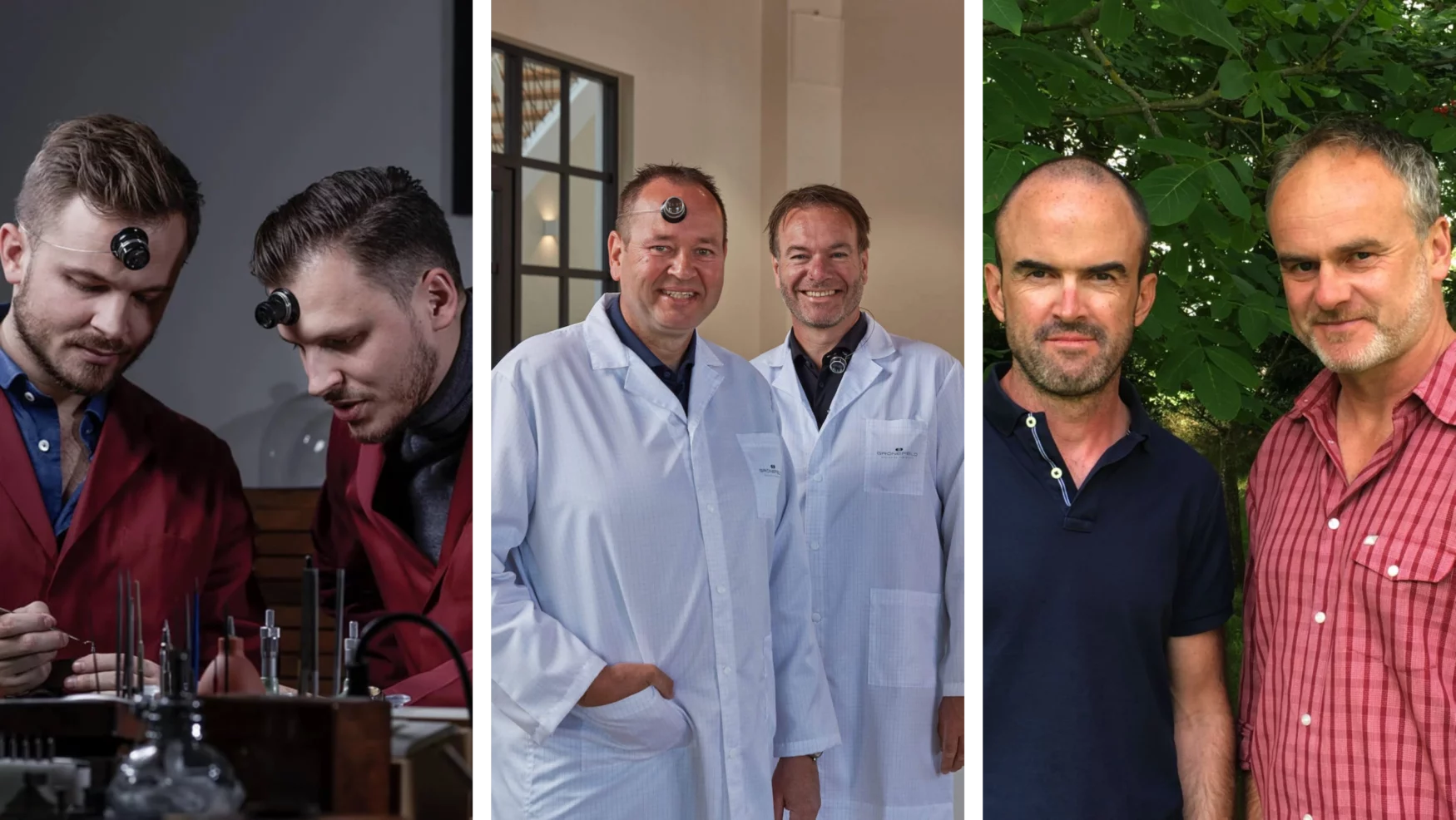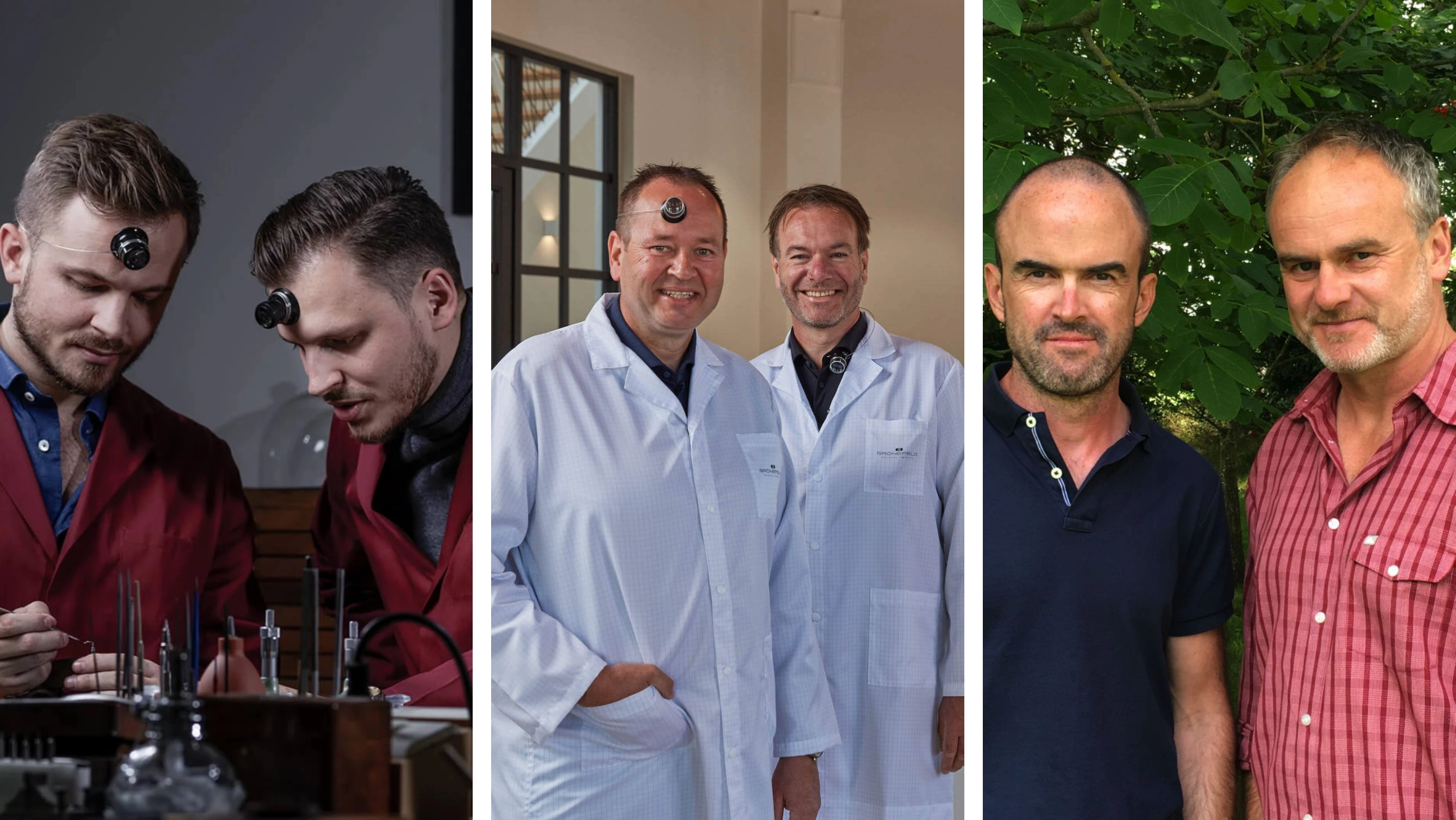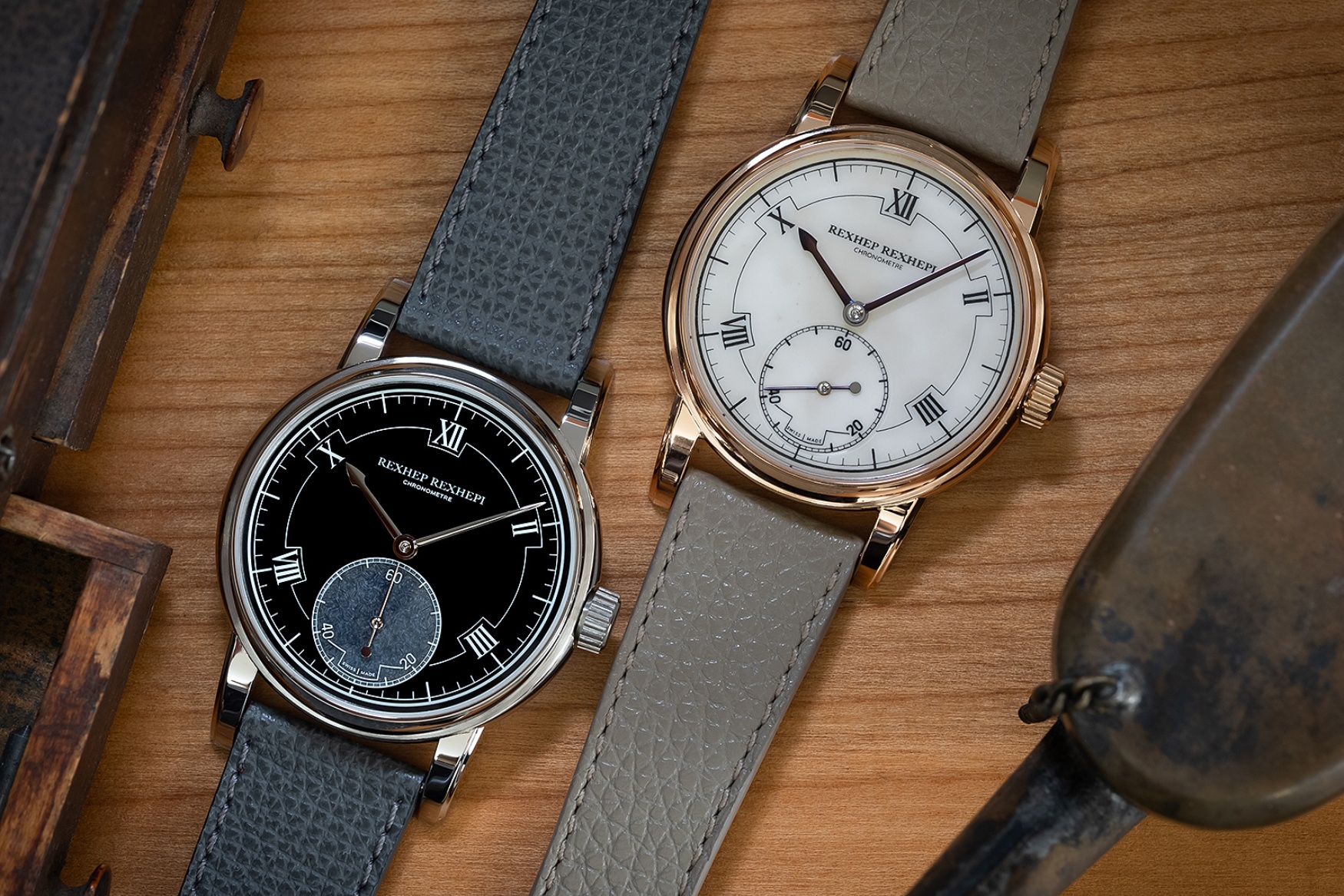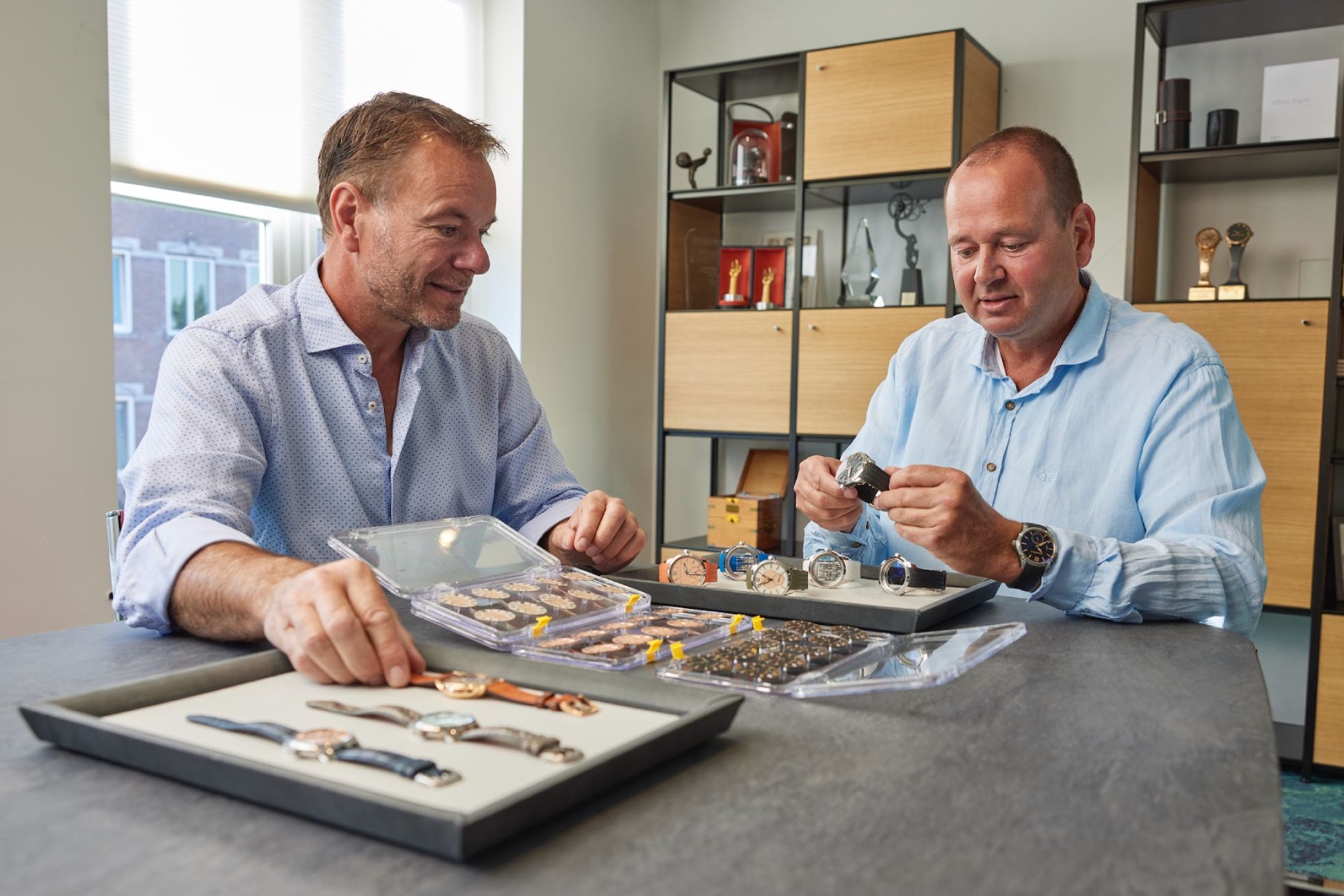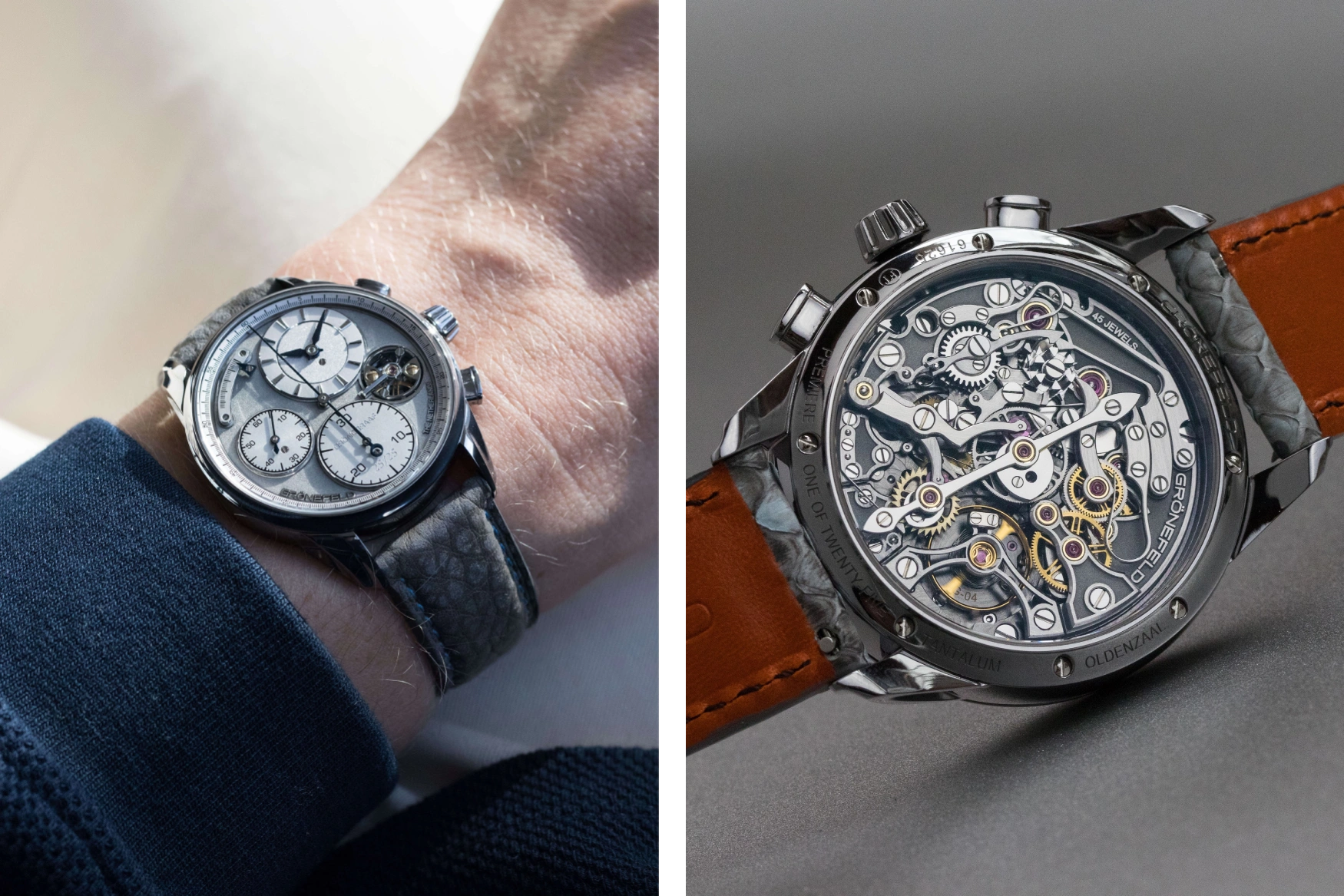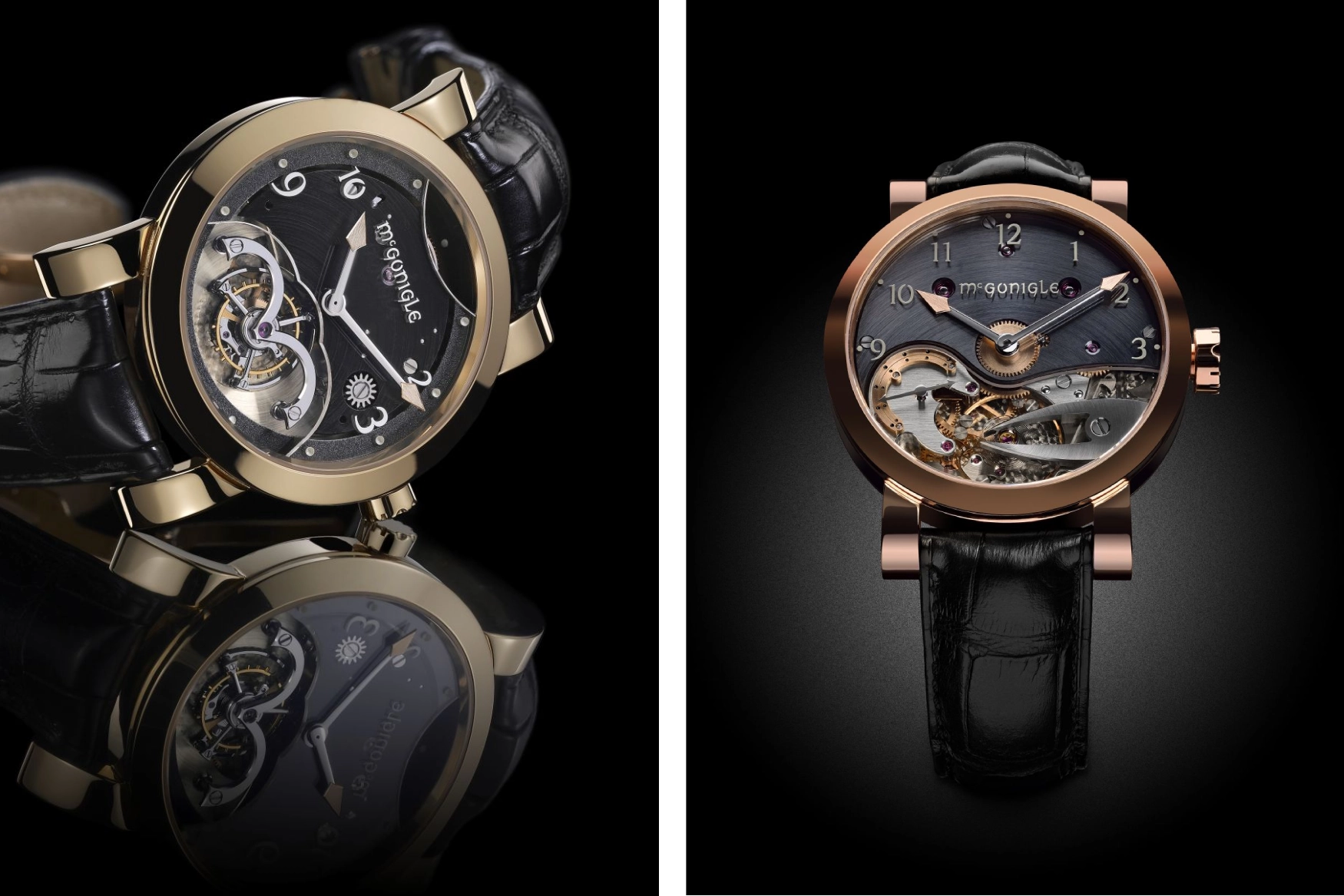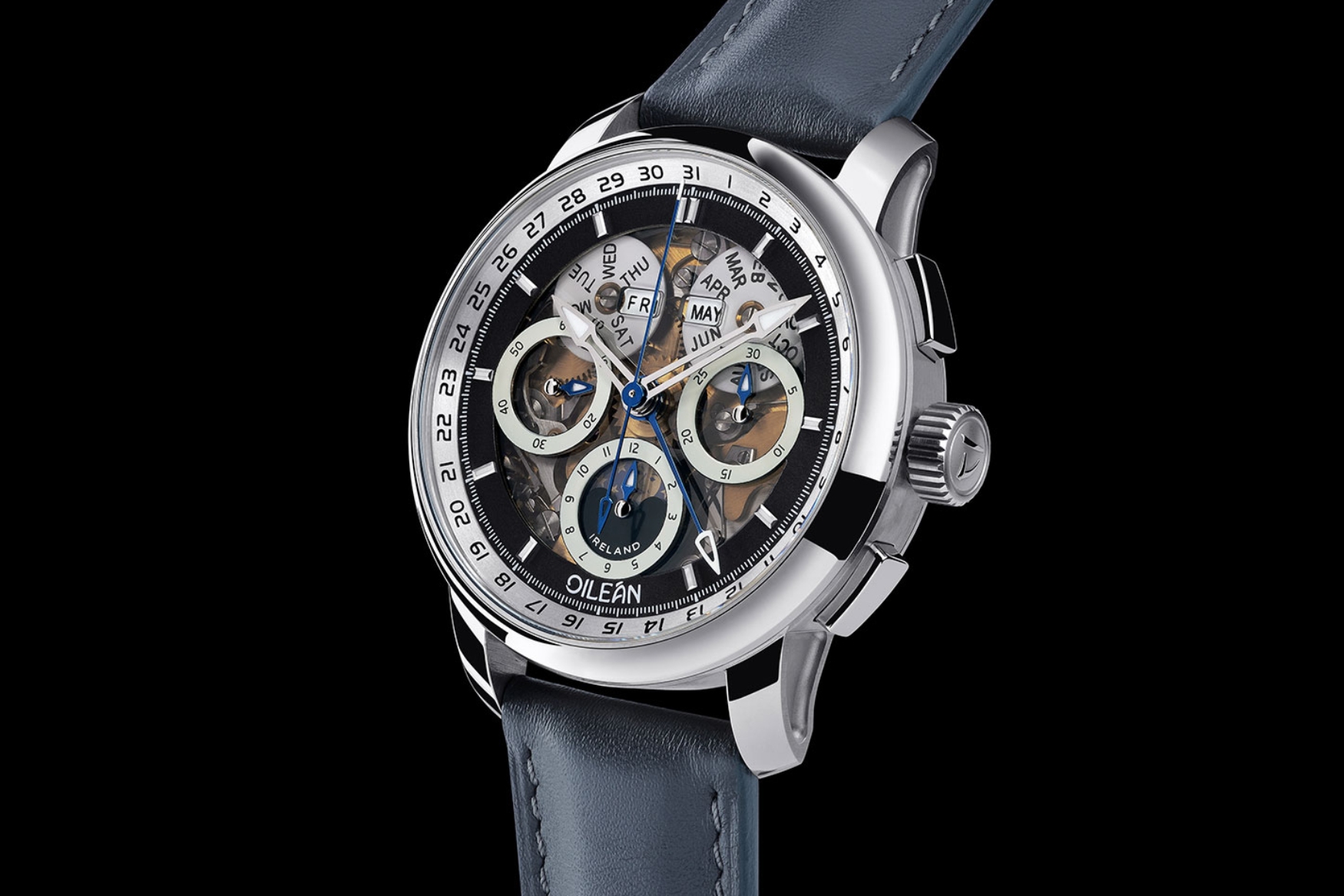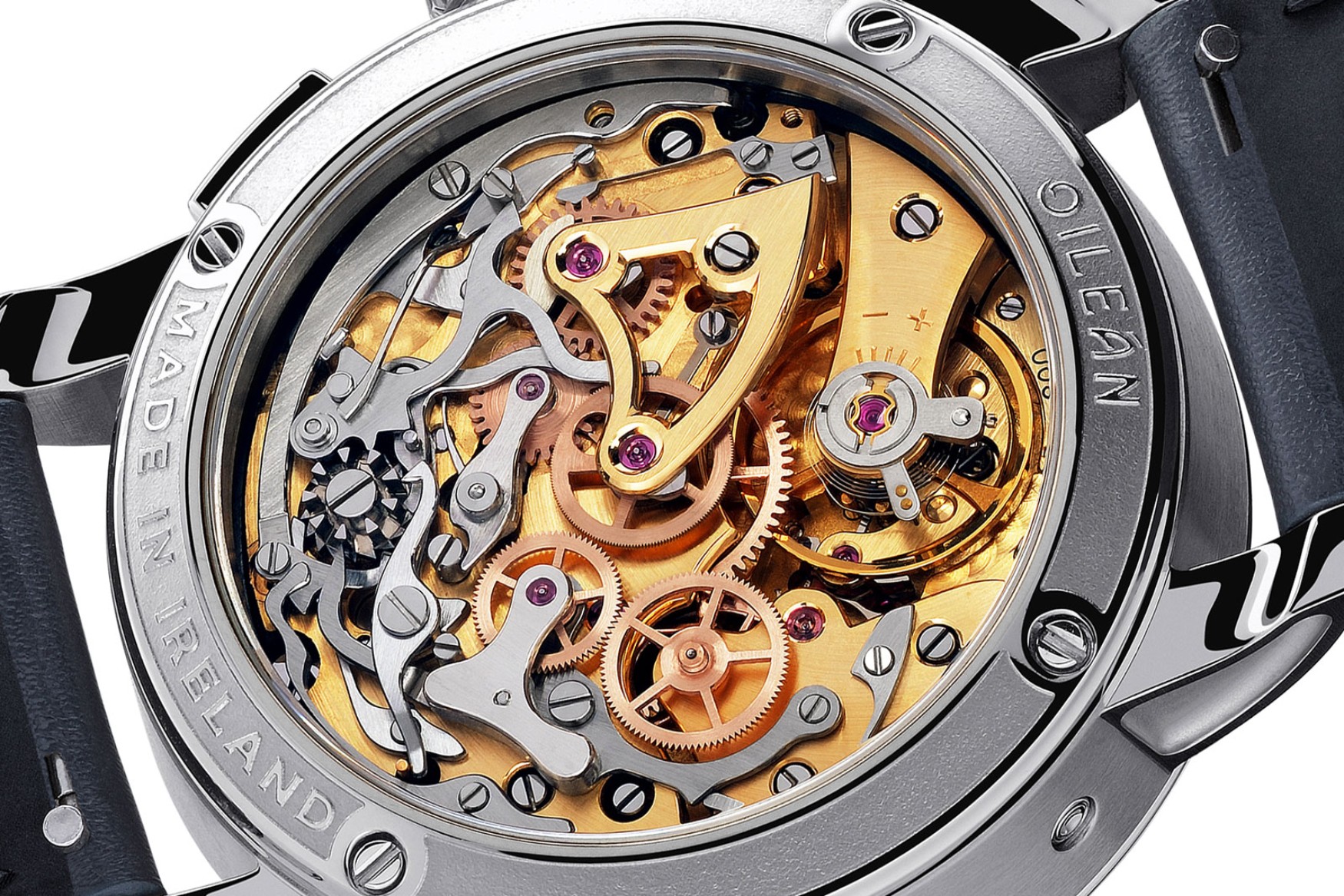The five independent watchmaking brands that are sibling success stories
Borna BošnjakIf I had a dollar for every pair of modern, high-end independents who also happen to be siblings, I’d have at least three dollars. That’s not all that much, but it’s a good intro into today’s story about these brotherly watchmakers, who just happen to also make some pretty fantastic watches. We’re more than used to sporting excellence running in a family, the Barratt brothers who are all All Blacks, the triathlon sensations Brownlee brothers, Jason and Travis Kelce in the NFL, to name just a few. But the three families we are about to cover show that horological skill runs through their veins.
We’ll start by delving deeper into one of the hottest independent names in today’s landscape by looking at the work of Xhevdet and Rexhep Rexhepi, the former having just presented his first watch, and the latter an established name through is eponymous and Akrivia-branded models. Next, even going by the “horological brothers” moniker, is the founding duo behind Grönefeld, complication-masters who cut their teeth at Renaud et Papi before venturing into independent waters. Finally, we’ll touch on Ireland’s best-known watchmaking name, the McGonigle family, and the three brothers that contribute to watchmaking in their own, different, ways.
Rexhep and Xhevdet Rexhepi
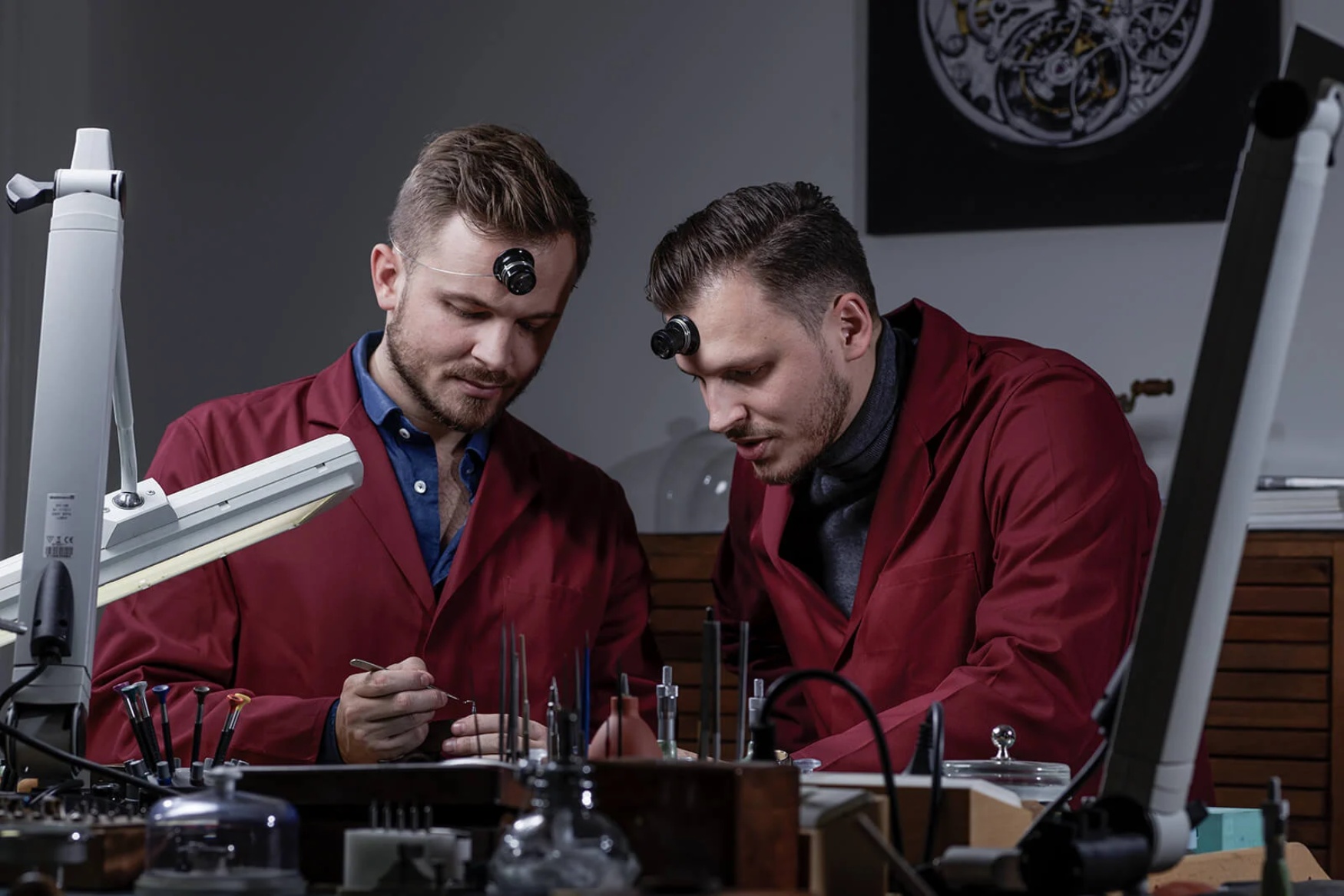
Hailing from Zhegër, Kosovo, the path to haute horlogerie for the two Rexhepi brothers began at separate times, coming together breifly at both Patek Philippe and Akrivia, with Xhevdet stepping out on his own recently.
Rexhep was always fascinated by watches, moving to Geneva at 11 years old to join his father, before joining an apprenticeship at Patek Philippe four years later. His performances earned him a full-time watchmaking career with the esteemed house, which he departed to join BNB Concept (founded by Mathias Buttet, Michel Navas, and Enrico Barbasini) at only 20 years of age. His next career step took him to F.P. Journe, before eventually founding his own brand, Akrivia, in 2012. Since then, the Akrivia brand and its founder’s eponymous collection have become some of the most sought-after modern independent timepieces. With two GPHG prizes under their belt, the brand regularly induces FOMO with pretty much everything that comes out of its workshops.
View this post on Instagram
Xhevdet had a rockier path to horological success, not able to make an instant impact at Patek Philippe where his brother had already become an established watchmaker due to his reserved nature. Nevertheless, his skills spoke for themselves, becoming an apprentice with the brand for three years, before eventually joining Akrivia in 2015. Over the next seven years, the duo enjoyed much success, but in 2022, Xhevdet announced his first design that has been in development for a few years. Months of waiting, tantalising renders, and shots of prototypes resulted in a platinum-cased piece inspired by Swiss railway clocks with seconds hands that make a lap of the sub-dial in 58 seconds, stopping at the top of each minute for two seconds, and time stops still. Then, the minute hand jumps ahead, and it all repeats.
Bart and Tim Grönefeld
The Dutch duo’s early horological fix came from their father, Johannes, who in turn inherited it from his grandfather, Gerhard. He, alongside your usual watchmaking work, took care of the Oldenzaal St Plechlemus basilica clock, from the family workshop in which a young Bart and Tim grew up. Bart found an early love for all things watchmaking, attending schools in Oldenzaal and Rotterdam, before going on to hone his skills in Switzerland through WOSTEP. Rather than inheriting the family business, Bart worked as a watchmaker at Asprey once graduating from Neuchâtel, eventually leading him to Renaud et Papi as a chronograph, minute repeater, and sonnerie specialist.
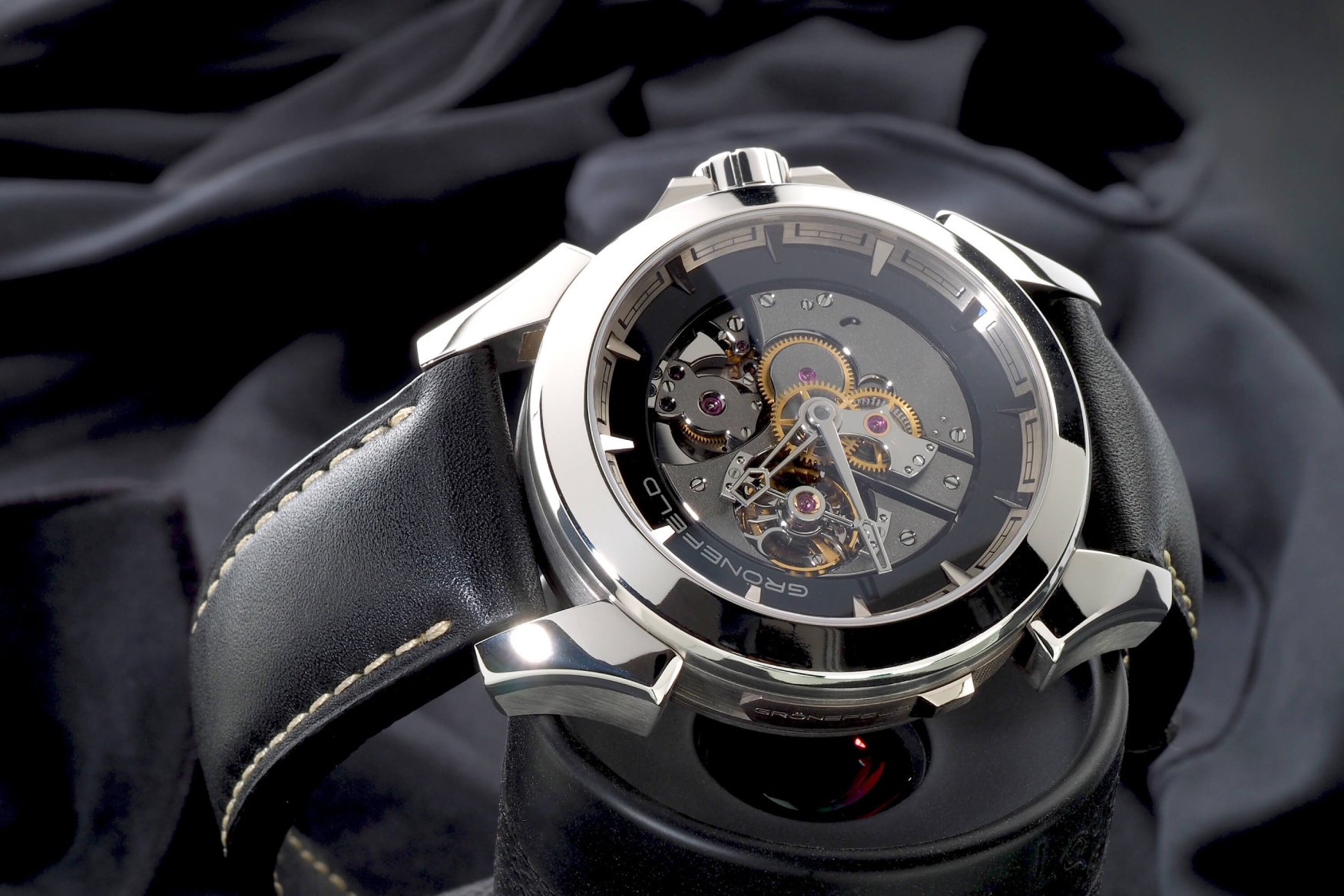
Tim would join him at Renaud et Papi three years later, the younger brother graduating from a specialist watchmaking school in Schoonhoven. Much like his brother, his skills would soon come to light, ending up in Tim’s appointment as a watchmaking teacher and overseer of tourbillon and regulator assembly. It was the brothers’ days at Renaud et Papi that would earn them the “Tik Tok” and “Ding Dong” nicknames.
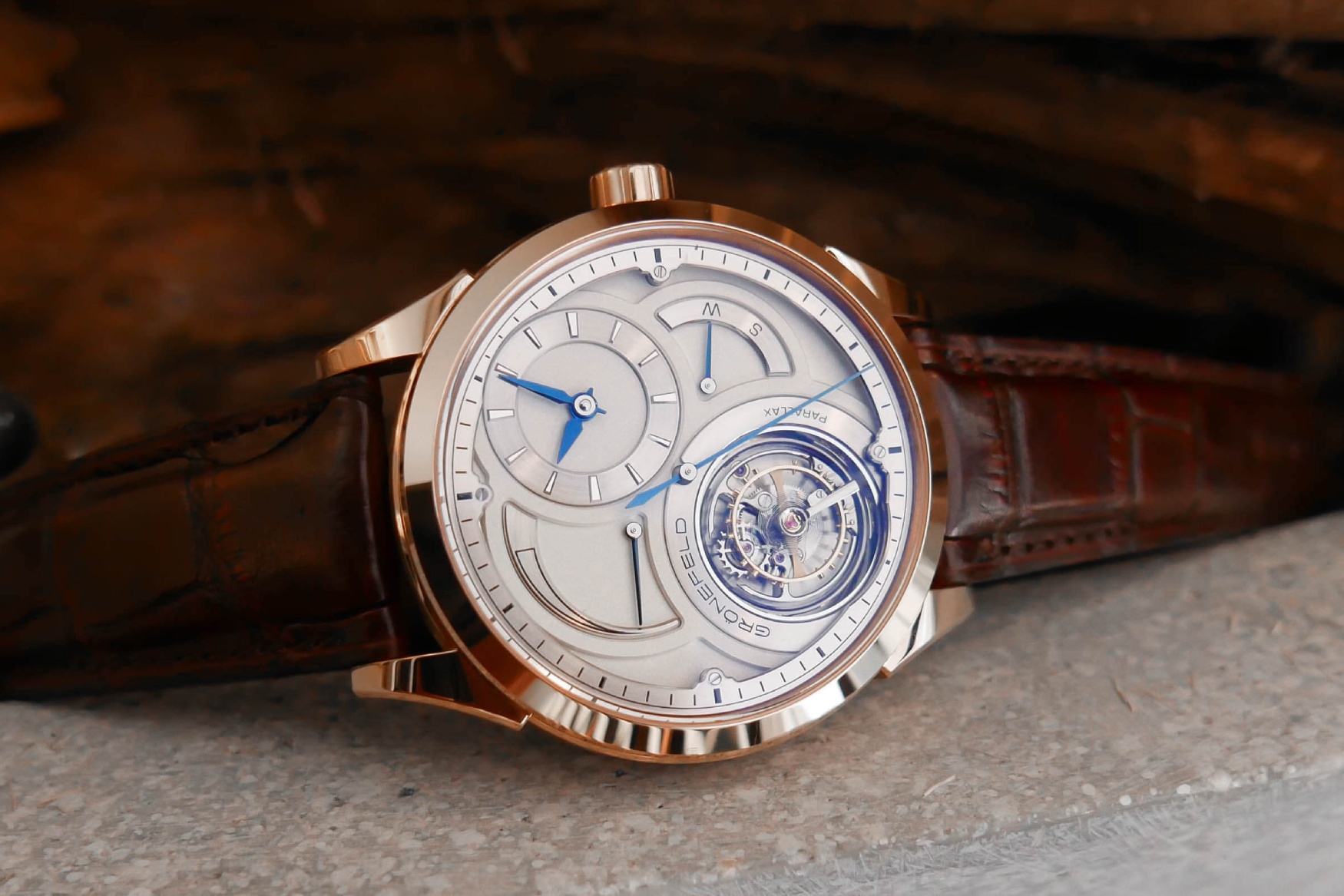
Their path would lead them back to their hometown, setting up a workshop in 1998 and working mostly on servicing, while doing some high-end work on the side. Unfulfilled with these pursuits, it would take them another decade to release their first-ever watch, the tourbillon and minute repeater-equipped GTM-06. The first-ever Grönefeld took four years to develop, but was just the beginning of their experimentation with producing movements in stainless steel, producing the first-ever independent dead beat seconds, and picking up a GPHG award with the Parallax Tourbillon along the way, too.
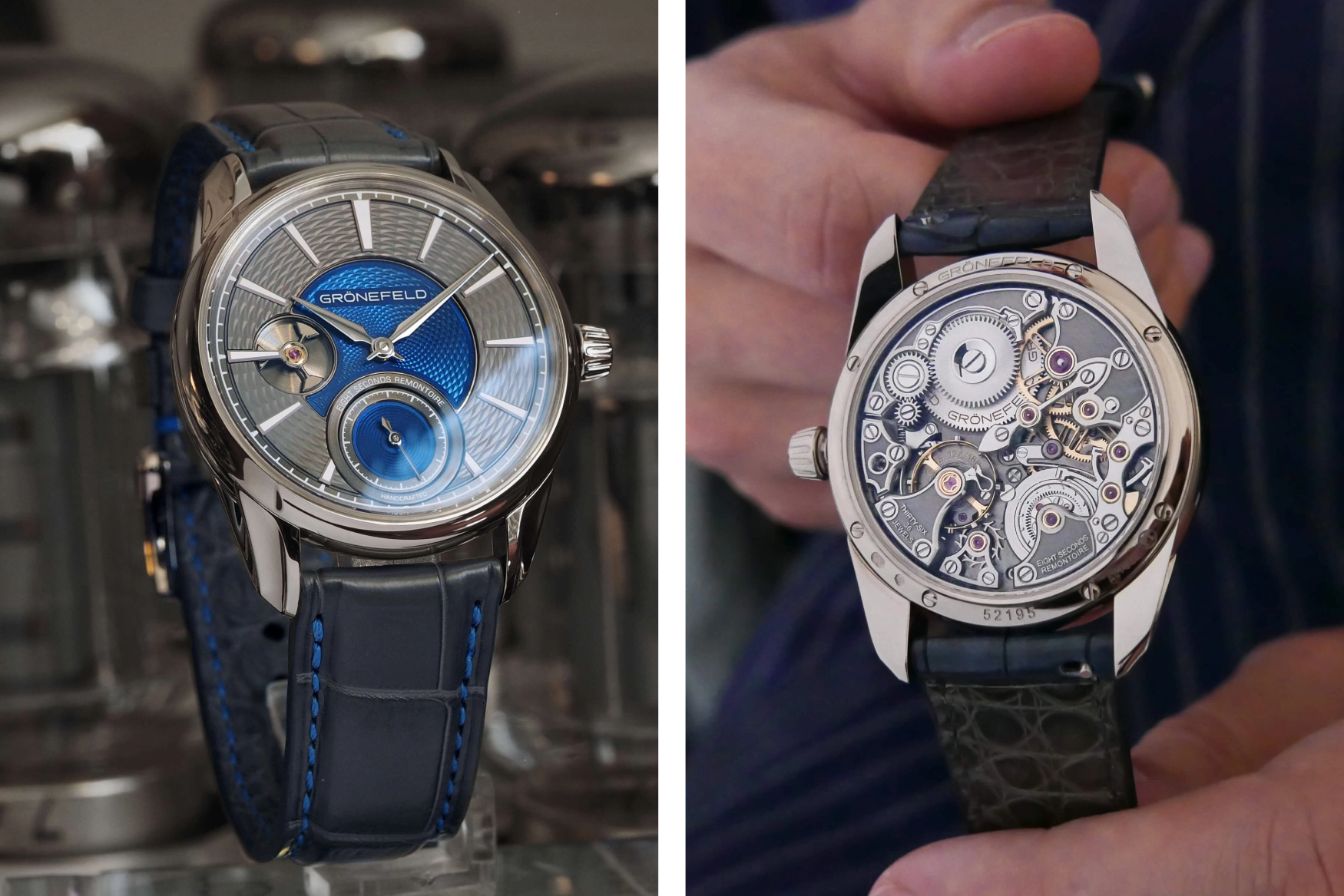
The duo became more known to the mainstream with the introduction of the 1941 Remontoire Constant Force, reducing the case size to a more manageable 39.5mm (for most wrists, at least). Inspiration came from the clock towers maintained by the Grönefeld seniors, these large-scale time-tellers often equipped with constant-force mechanisms. Here, the remontoire is visible through an aperture at 9 o’clock, interrupting a Kari Voutilainen-made guilloché dial that’s just as beautiful as the reverse which is decorated in a style that has become instantly recognisable as a Grönefeld. The GPHG jury must’ve agreed with me, as the watch took the Men’s Prize at the 2016 running. This smaller 1941 case also houses the Principia, the brand’s entry-level, automatic offering, the swooping curves and sharpened points of the bridges again inspired by bell gable facades of Dutch houses.
These days, the horological brothers have closed their order books thanks to the success of the two latest collections, the sporty 1969 Deltaworks and the beauty pictured above, cleverly named the Grönograaf. I could go on about its tantalum case, unique centrifugal governor that softly resets the chronograph function, or the instantly jumping minutes hand – but if you’re like me, you’d rather just stare at it.
Stephen and John McGonigle
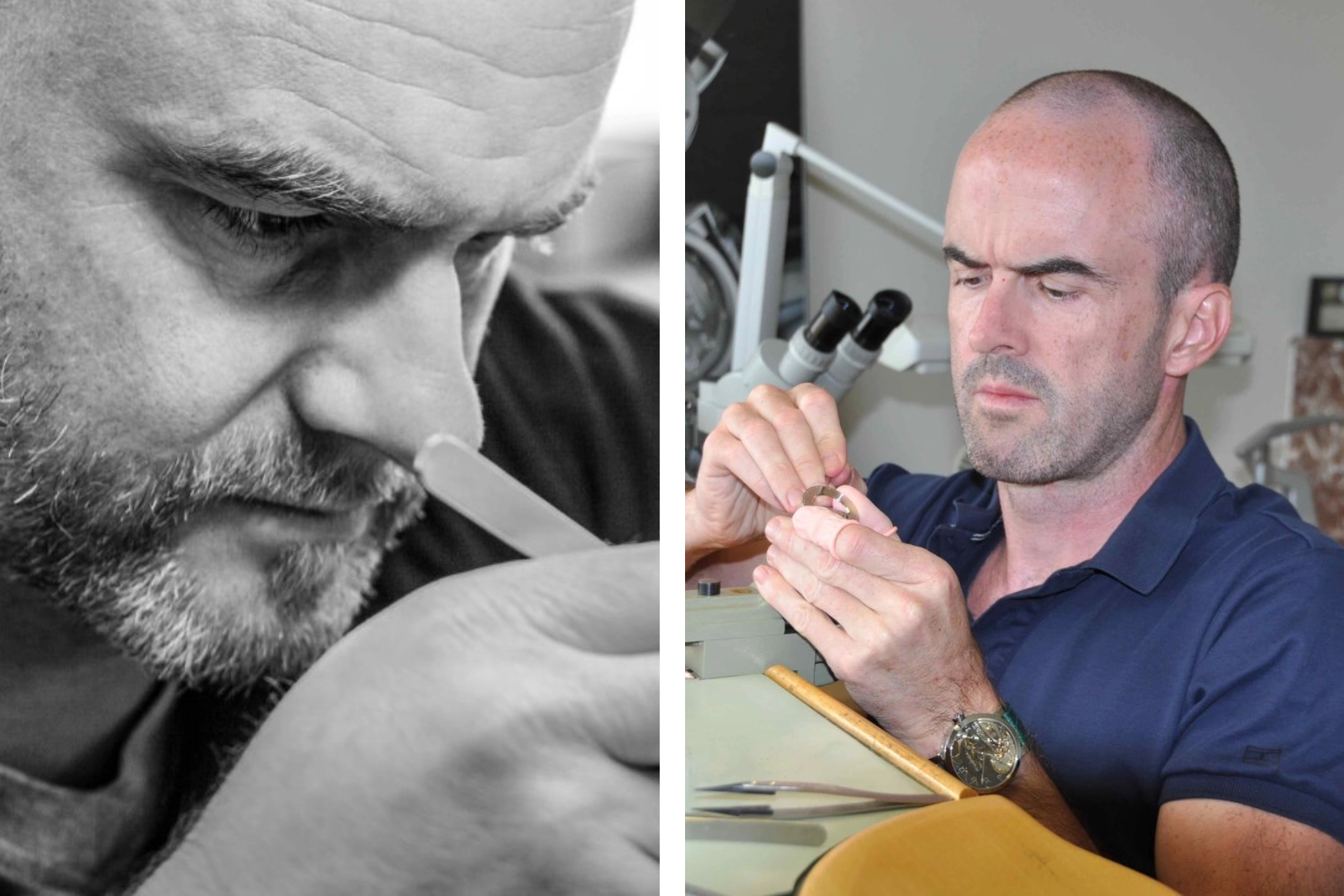
The McGonigle brothers are our last set of siblings, following a career path that’s seemingly become all too familiar in becoming a successful independent watchmaker. Stephen did really well in watchmaking school, won a scholarship to study in Switzerland, did some antique restoration work, mastered high-end complications at the likes of Christophe Claret, Franck Muller, and Breguet, and then stepped out on his own, independently developing complications for various brands before starting his own. His brother, John, took a similar route, finishing the WOSTEP program, working on servicing, and joining Audemars Piguet, and specialising in chiming watches and other high-end complications at Christophe Claret. Watchmaker’s blood clearly runs in the family, as the third McGonigle brother, Anthony, also worked as a vintage restorer and watchmaking school instructor.
Sounds pretty simple, then, so it’s no surprise this is the path the brothers took to launching their own brand in 2006, debuting with the McGonigle Tourbillon in 2007. Having both worked on the ultra-delicate sapphire bridges of Corum’s tourbillons, their own design based on a Claret tourbillon showed a fantastic level of craftsmanship. This continued to the development of the Tuscar, the pair’s first-ever movement, the McG01 completed with the help of Alberto Papi (father of Renaud et Papi founder Giulio), and featuring the signature balance bridge – I’m not even sure what I’d describe it as, but its finishing alone is impressive.
In the coming years, John McGonigle left the brand to pursue his own creation (more on which shortly), and the Tuscar remained the brand’s most celebrated release. Just nine months ago, Stephen McGonigle silently announced the follow-up named the Ogma, though not releasing any imagery of the watch whatsoever. Despite that, my best guess is that all 20 pieces have already been spoken for.
The aforementioned lone endeavour of John McGonigle was introduced to the world in 2020, Oileán features a highly decorated, vintage Valjoux-88 based chronograph. The H-B1 sports a triple calendar layout, though you wouldn’t expect a vintage movement to power it given the modern design and semi-transparent sapphire dial.
The high degree of finishing McGonigle exercised in his previous creations are present here as well, with each bridge, plate and screw hand-polished, bevelled, and countersunk. Multiple components were re-made, too, for increased longevity given the movement’s aging architecture.




